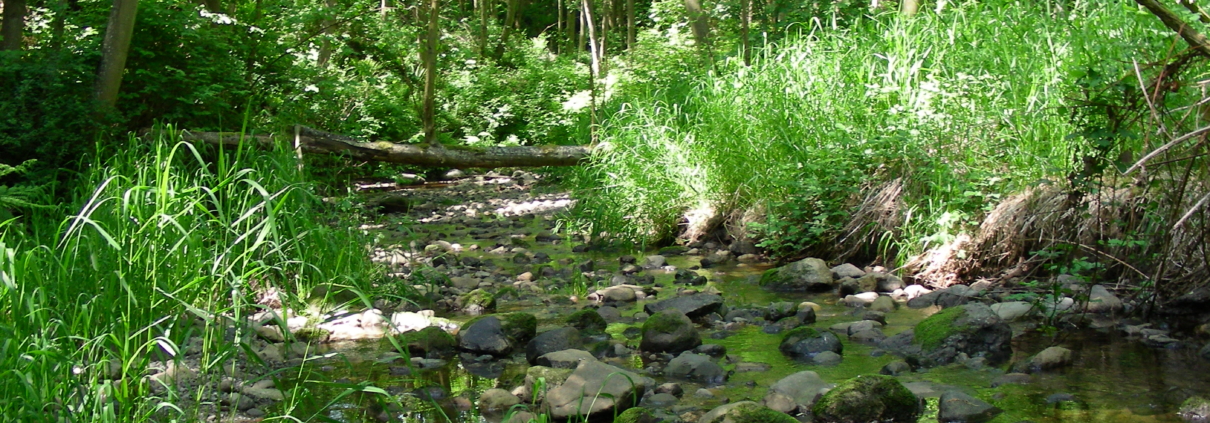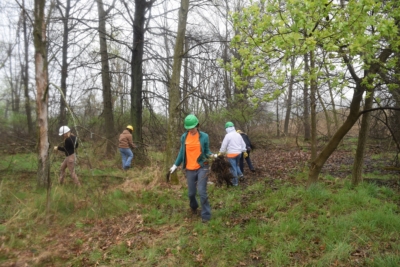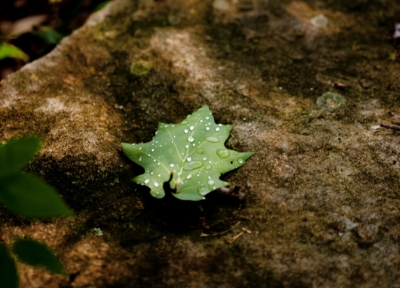6 Ways to Protect Your Local Watershed
Fresh water is arguably humans’ most precious resource. It is vital for our life and that of the natural world around us. In spite of its vitality, fresh water makes up less than 1% of the global water supply. Therefore, it is imperative that we make every possible effort to conserve and protect the freshwater resources in our communities. Listed here are six easy ways that corporations can help protect the freshwater resources in their local watershed.
-
- Garden Smartly
Creating green spaces on your property is a great way to accommodate local wildlife, but if created incorrectly they can also pose a risk to your local water supply. Fortunately, this is easy to prevent. To begin gardening smartly, you should opt for using native plants, which do not require as much water or fertilizer as non-native plants. When fertilizer is necessary to maintain your garden, avoid using pesticides or chemical fertilizers, as they can contaminate local ground and surface water supplies. Instead, consider alternative strategies such as amending the soil with nutrient-rich compost. Additionally, consider using a layer of mulch around your plants so that they retain moisture for a longer period of time. - Be Mindful
Be mindful of unique ways that your corporation can conserve water as part of its daily operations. For example, hotels have made an effort to conserve water by offering guests the option to reuse their towels to avoid washing them daily. Similarly, some restaurants have begun asking customers if they would like water rather than automatically providing it. - Reduce Impermeable Pavement
Impermeable pavement can be very problematic for local watersheds, particularly in areas with large amounts of pavement. As an impermeable surface, it forces rain water and melting snow to run-off across its surface and down storm drains, rather than being naturally absorbed into the ground. When runoff occurs, ground water supplies fail to be replenished, the risk of flooding increases, and the soil is unable to act as a natural filter for pollutants found in precipitation . Therefore, when constructing pathways on your property use alternatives to pavement whenever possible. When paving an area is necessary use porous pavement to mitigate the negative consequences of asphalt. - Modernize Plumbing
Each year, trillions of gallons of water are lost to leaky pipes. To prevent this costly waste of water, invest in updating your plumbing systems. In addition to patching leaks, consider modernizing appliances by upgrading to those that use less water. For example, you can save high volumes of water each year by replacing toilets installed before 1992 with new low-flow models. Also, think about switching to drip irrigation to water your gardens. Drip irrigation reduces water usage by applying water directly to the root zone of plants, eliminating runoff and evaporation that occur with traditional sprinkler systems. - Enhance Riparian Habitat
If your property is located on a river, stream, or lake, consider constructing riparian zones. Riparian zones are a natural vegetated buffer between land and a body of water. They protect the water source they border by reducing erosion, providing flood control, and filtering sediment and pollutants from stormwater before it enters the water body. Additionally, riparian zones provide valuable habitat for wildlife. - Teach!
Make an effort to teach your employees and community members how they can conserve water at home. Doing so will help make water conservation a community effort. In addition to many of the water-saving tips above, some ways that water can be saved at home include reducing shower times or using low-flow shower heads, using grey water when possible such as when watering plants, and only running the laundry machine and dishwasher when full.
- Garden Smartly


